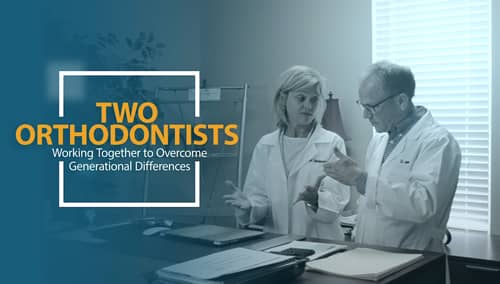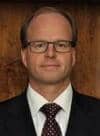
This series stars Chris Bentson, president of Bentson Copple & Associates, as Dr. Boomer, who is based on baby boomer doctors born between 1946 and 1964. His character illustrates a generation known for having a strong work ethic, placing significant importance on professional accomplishments, and for being somewhat reserved from a social perspective. Playing opposite is Shannon Patterson, CPR, CMSR, partner and head of recruitment at Bentson Copple & Associates, who stars as Dr. Millennial. Her character is based on the more typical characteristics of millennial doctors who were born between 1981 and 1996. This group is viewed as confident, ambitious, and achievement-oriented, and known for being extremely tech-savvy. They additionally value teamwork and seek the input and affirmation of others.
According to a press release from the firm, this series explores the diverse perspectives, attitudes, motivations, and needs of these two generations of doctors, along with the changing dynamics in an orthodontic practice setting. Tidbits of insight are presented regarding the differences between the generations by explaining the needs and expectations of an age-diverse workforce. By learning the motivations and generational footprint of each individual, doctors can leverage their own talents and capitalize on differences.
According to Patterson there are four generations in the orthodontic workforce. “I believe one of the challenges that practices face today is negotiating the differing behavior and values among doctors and team members who were born in different generations,” she says. “The predominant groups I work with most are baby boomers and millennials. These two generations grew up in different social and political eras that shaped their values and perspectives in the workplace. The reality is doctors of different generations view patient care differently.”
Bentson adds, “Within each episode of the series, we’ll examine generational diversity in the orthodontic workplace, review some of the benefits and issues associated with it, and share some of the best practices based on our company’s experience.”
“This series offers a better understanding not only of hot button issues regarding orthodontic practice employment, associateship structure, and general practice/business leadership—but of how each generation addresses the issues based on experience and values,” said Laura Overcash, director of marketing. “We often take for granted what we believe is a ‘common’ understanding of everyday situations; however, it’s fascinating when you start putting age differences into perspective. While generational gaps may bring about some challenges for doctors, so long as there is a working, open relationship, age should be no barrier.”










